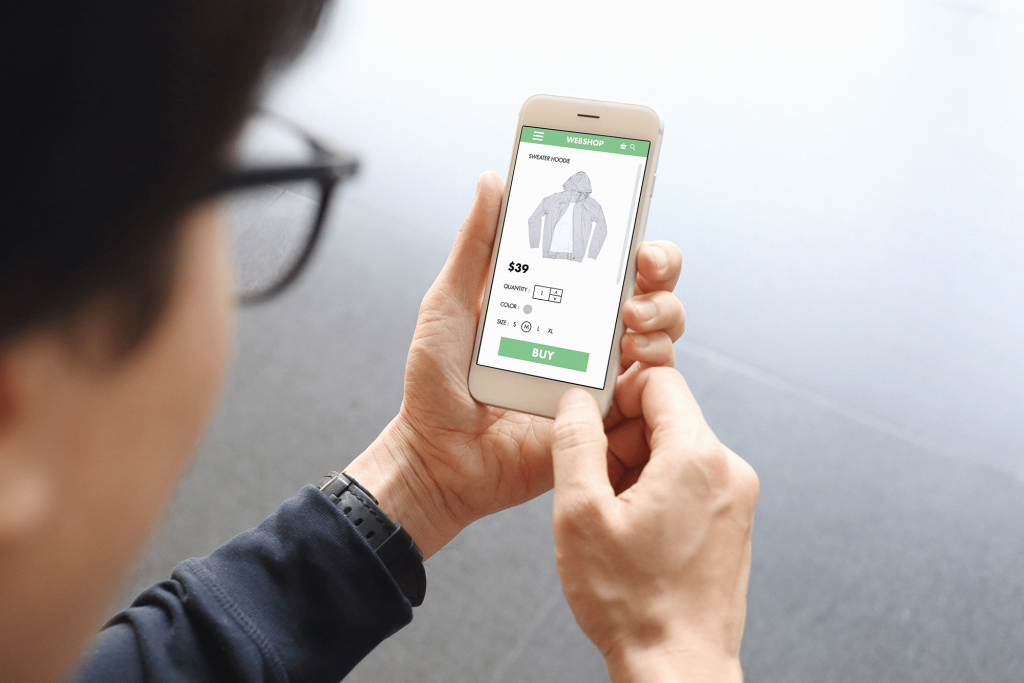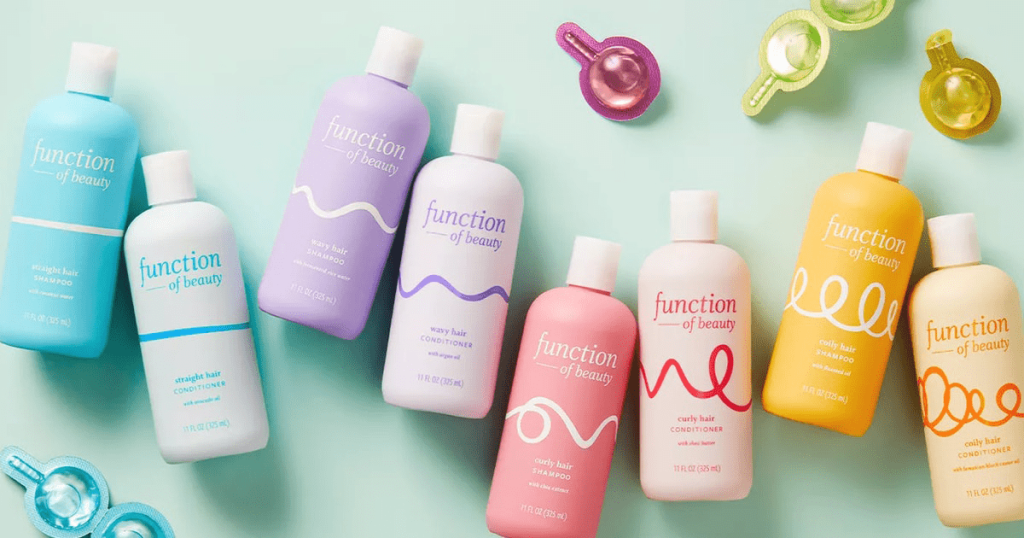Essential Do’s and Don’ts of Product Description Pages
According to a recent BigCommerce analysis, product description pages stand out as the most critical parts of an eCommerce website. They emphasized the fact that designers need to consider their product pages from multiple perspectives:







